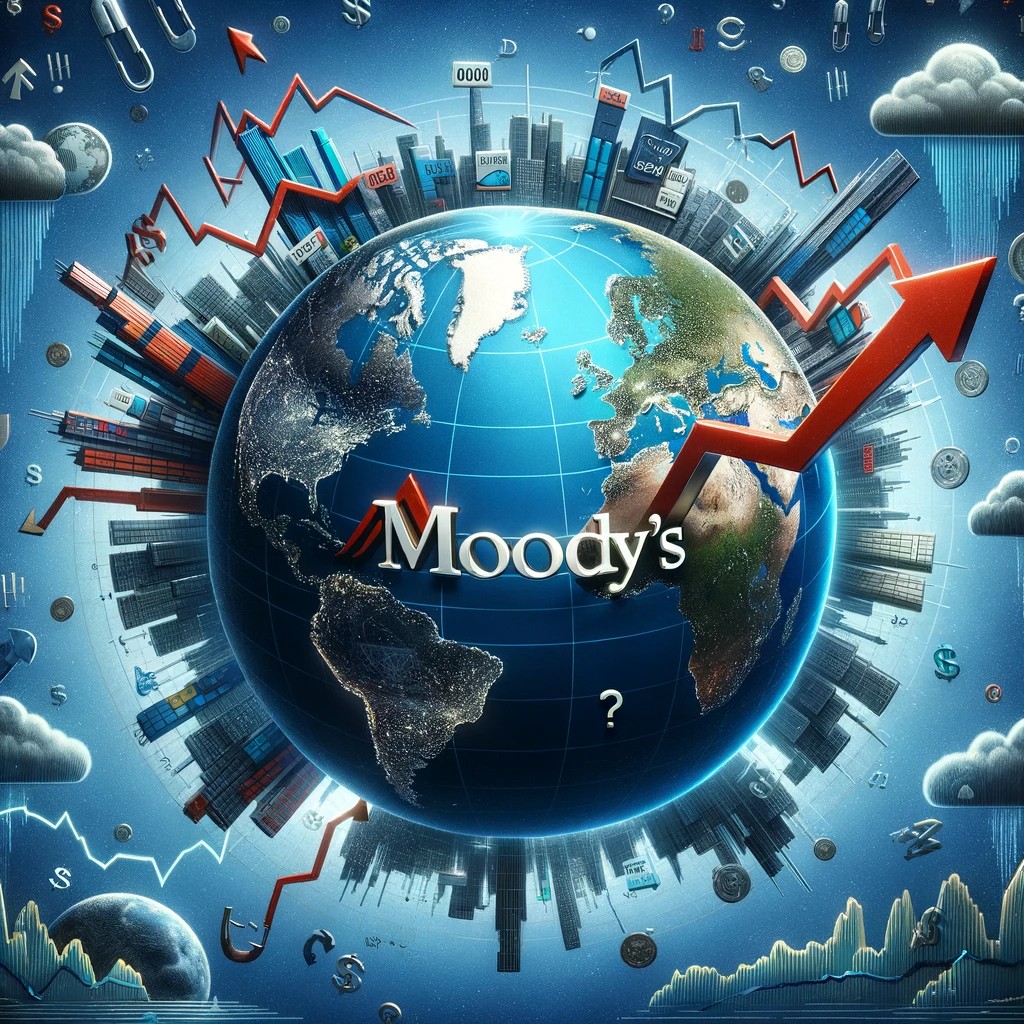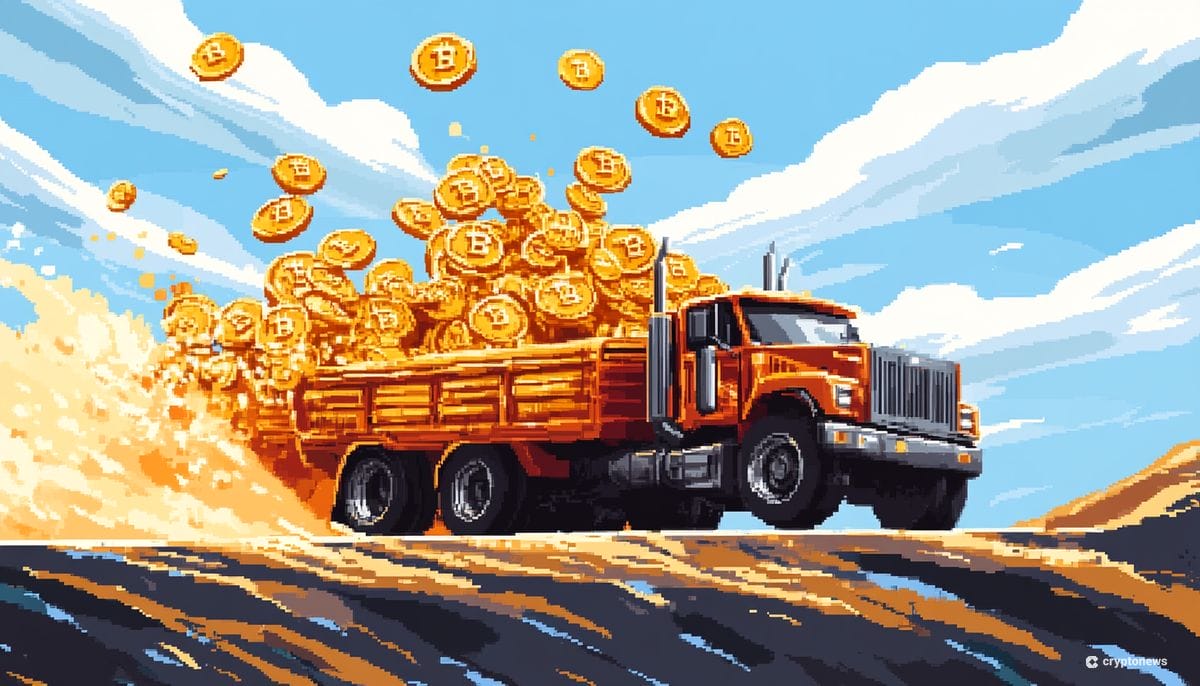Hold on to your hats, folks, because the global economy is looking like a rollercoaster that’s lost its brakes, and Moody’s isn’t shy about ringing the alarm bells. In a recent twist, global corporate defaults have skyrocketed, leaving economists and market analysts scratching their heads and looking for their crystal balls. Why is Moody’s losing sleep over this? Let’s dive in.
The Surge of Corporate Defaults: A Red Flag Waving
December was no holiday season for the global economy, as Moody’s reported a worrying jump in corporate defaults. The number hit a staggering 159 for the year, scaling the heights last seen during the economic turmoil caused by the coronavirus pandemic. This isn’t just a minor hiccup; it’s a full-blown burp in the face of economic stability. The default rate now lounges at a concerning 4.8 percent.
More than just a number, this spike in defaults is a clear signal of the distress faced by low-grade, leveraged-to-the-teeth businesses grappling with the harsh reality of steep funding costs. Remember when we thought interest rates hugging the zero line were here to stay? Well, they’ve bounced up to over 5 percent, and companies are feeling the squeeze. The sectors most in the line of fire? Business services and healthcare, which saw the highest default counts last year. These industries are gasping for air as the cost of loans, which move in tandem with interest rates, skyrockets.
The Global Economy Navigating Uncharted Waters
The global economy isn’t just about numbers and percentages; it’s a complex beast influenced by consumer behavior, market predictions, and the ever-mysterious central bank policies. Moody’s isn’t the only one with a grim forecast; S&P Global Ratings is also singing a similar tune with their report of an alarming rise in global defaults.
But wait, there’s more. While the financial markets enjoyed a bit of a rally toward the end of last year, the joy was short-lived. The junk bond spread in the US, an indicator of the premium risky borrowers pay over safer government debts, remains tight. What does this mean? Investors might be wearing rose-colored glasses, underestimating the persisting uncertainties.
And here’s the kicker – Moody’s predicts that the rate of interest rate cuts will be a slow dance compared to the quickstep of rate hikes we’ve seen. This means that high interest rates could be our unwanted dance partner for a longer period. The agency’s baseline scenario sees the global default rate peaking at 4.9 percent in early 2024, then taking a more modest and gradual decline.
But let’s not paint too rosy a picture here. In a severely pessimistic scenario, the default rate could soar to a jaw-dropping 11.5 percent. So, while we might see some recovery in living standards as wage growth slows and still outpaces consumer prices, the path ahead is anything but smooth.
Central banks are in a tough spot, balancing the need to cool off inflation without throwing the economy into a tailspin. The European Central Bank (ECB), for instance, is navigating a bumpier road than its counterparts in the US. Many European workers are locked into multi-year pay deals that are slow to adjust to past inflation, making the ECB’s job all the more challenging.
Moody’s concern for the global economy is not just a case of crying wolf. The combination of rising default rates, tightening financial conditions, and the uncertain pace of policy changes paints a picture of an economic environment fraught with challenges. As we look ahead, the road to economic stability appears more like a maze, with each turn bringing its own set of obstacles.





